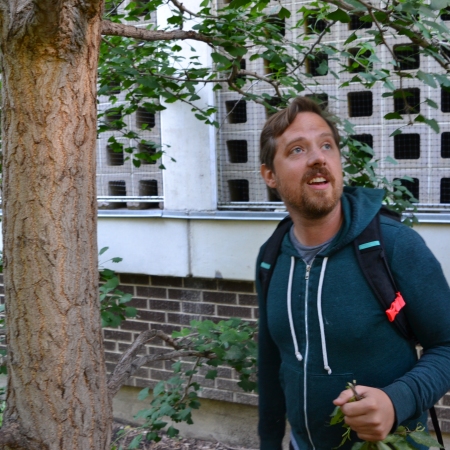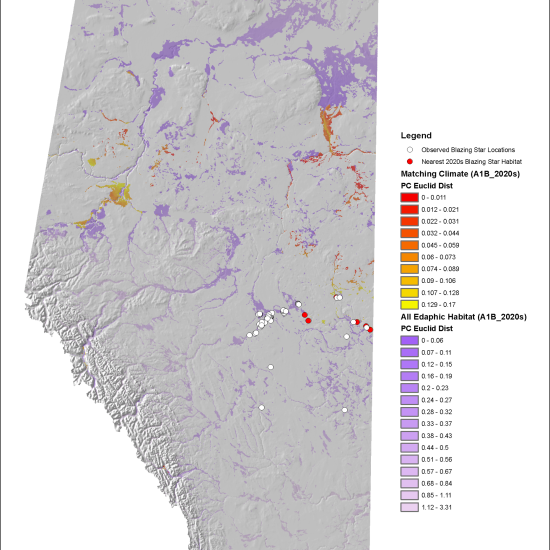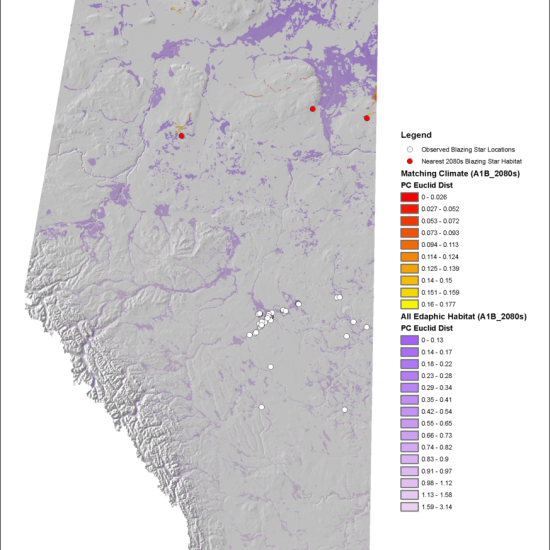Dustin Bajer asks whether we have a responsibility to help local species adapt to climate change by helping them migrate.
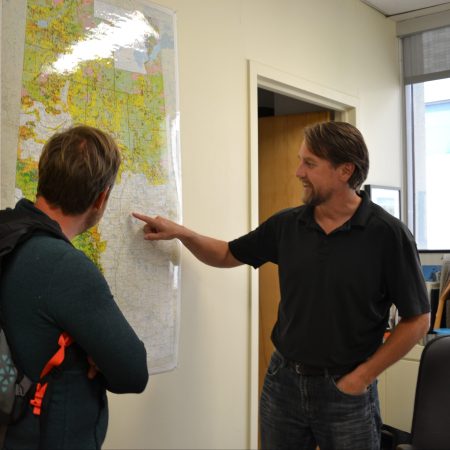
We spoke to Scott Nielsen, a professor of Conservation Biology in the Department of Renewable Resources at the University of Alberta. He supervised a project testing assisted migration of two plant species whose last Albertan refuge is in the sand dunes of Bruderheim, just northeast of Edmonton. The two plants they focused on were the northern blazing star (Liatris ligulistylis) and long-leaved bluet (Houstonia longifolia).
Jennine Pedersen worked on the project, and her masters thesis covers the results of these experiments.
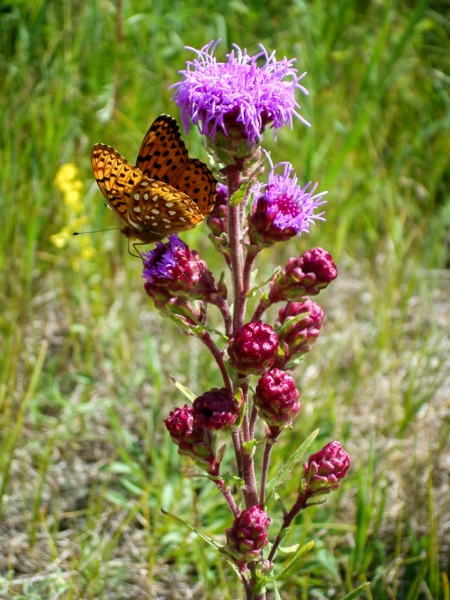
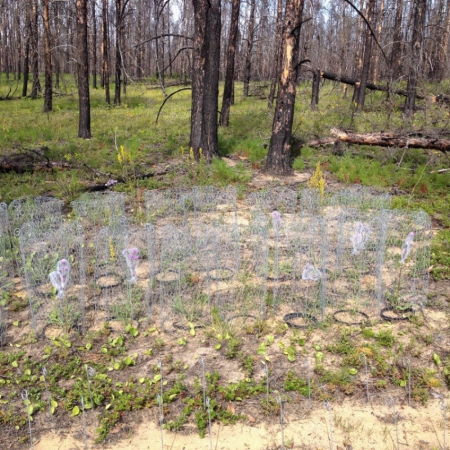
Maps comparing habitat for Northern blazing stars in the 2020s and 2080s, from Scott Nielsen.
![Long-leaved bluets [Photo: Scott Nielsen]](https://letsfindoutpodcast.files.wordpress.com/2019/09/long-leaved-bluet.png?w=450&h=450&crop=1)
![Map of Alberta indicating the geographical locations of long-leaved bluet translocation sites [from Jennine Pedersen's paper]](https://letsfindoutpodcast.files.wordpress.com/2019/09/map-of-alberta-indicating-the-geographical-locations-of-houstonia-longifolia-translocation-sites.png?w=450&h=450&crop=1)
This episode is made possible by support from Taproot Edmonton and the Edmonton Historical Board.
We also gave shout-outs in the episode to Rural Routes to Climate Solutions and the Common Ground Podcast.

